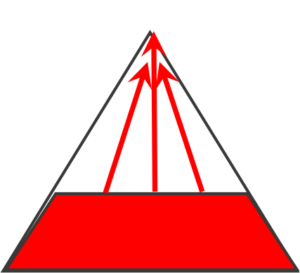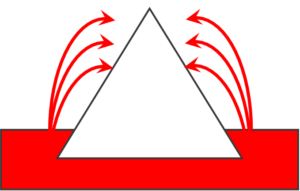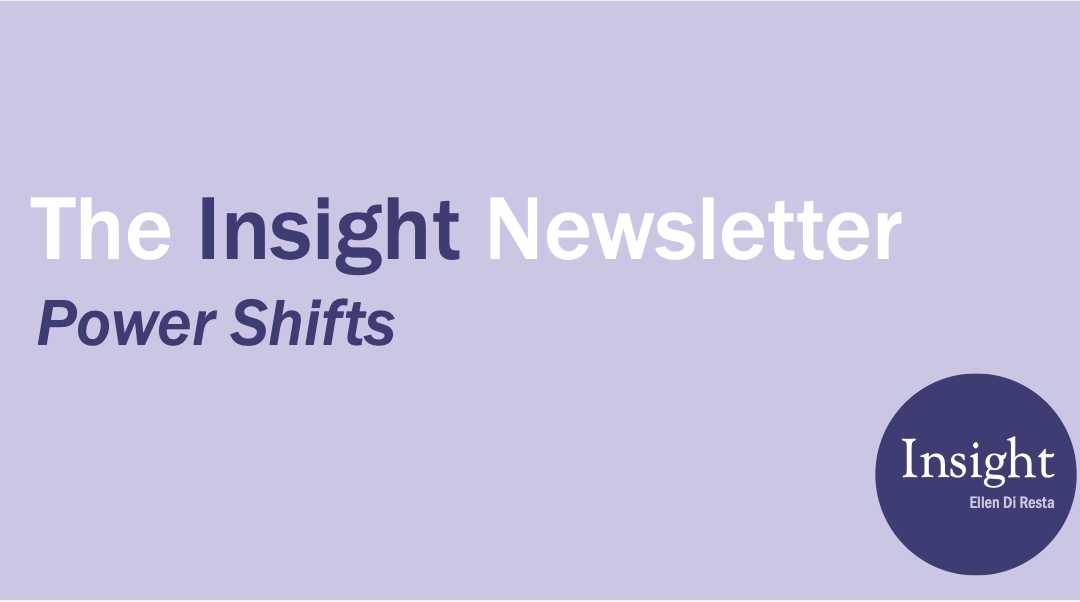The balance of power in organizations is shifting. The fact that employees are quitting their companies in record numbers (aka The Great Resignation) is often cited as evidence of this fact. However, the issue is more complex than typically discussed, and I believe these shifts are enabled by a less acknowledged factor.
Traditional Power Structure
Since the Industrial Revolution, the typical power structure in an organization has evolved to look like this:

Power is concentrated at the top of the organization, and it is expressed downward through the rest of the organization. Leadership is clearly defined, and the organization’s direction is dictated from the top with minimal influence from the external community.
Community Power Structures
Traditional power structures had a clear hierarchy between who had power to influence the organization and who did not. Today, power is coming from multiple directions.
Internal Community Power
Power expressed upward from internal communities

External Community Power
Power expressed inward from external communities

Stepping back to look at power structures more critically, we can see how this evolution makes sense, and we can project how it can evolve further.
Original work by French & Raven in 1959 and 1965 serves as a good starting point as we think about how the balance of power could be influenced in today’s work environment. (This list is a subset that has proven useful in my work.)
Structural Power
- Legitimate power – The right to give orders; Structural authority
- Reward power – The capacity to dispense rewards
- Coercion power – The capacity to dispense punishment
Personal Power
- Expert power – Possession of valuable information and status
- Referent power – Power stemming from the desire of others to imitate an individual; Charisma
Structural or Personal – this was added several years later as the value of information was rising
- Informational power – Power to influence by controlling the flow of information
An organization’s structure can also give rise to two other interesting sources of power
- Task interdependence – Power that accrues naturally to roles that serve as task nodes
- Resource dependence – Power that accompanies the control of resources
Access to information and other resources has enabled structural sources of power to be redistributed to personal sources of power. It is access to resources, not the resources themselves, that enables people to accrue the personal power to form strong communities that can exert influence.
I believe we should recognize access as the fuel that enables the power shifts we are seeing in organizations today.
As a case in point, the pandemic forced us to realize that we don’t need the physical trappings of an organization to work effectively. Continuous, connected access to resources and interdependencies enabled people to realize that they don’t even need to be direct employees to add value to organizations.
This is not to say that organizations should become obsolete. However, they will no longer be insulated from the influence of internal and external communities. The power to influence the organization will be broadly distributed across increasingly porous borders. Organizations will need to cooperate with diverse communities and compete as members of larger ecosystems.
An external workforce is quickly becoming another community that will exert increased influence on organizations.
This is also not to say that organizations should be amorphously led by crowd-sourced opinions. Strong leadership will always be needed to ensure strategic focus, but the strategic focus will now need to be deliberately chosen and managed. It can no longer be executed blindly by default, and the specific power bases will need to be cultivated and supported.
Given these dynamics, leadership and control will clearly need to change. My next posts will look at ways they could evolve.
How has access impacted your ability to influence an organization from the inside or outside? Has your personal power increased or decreased as a result?

